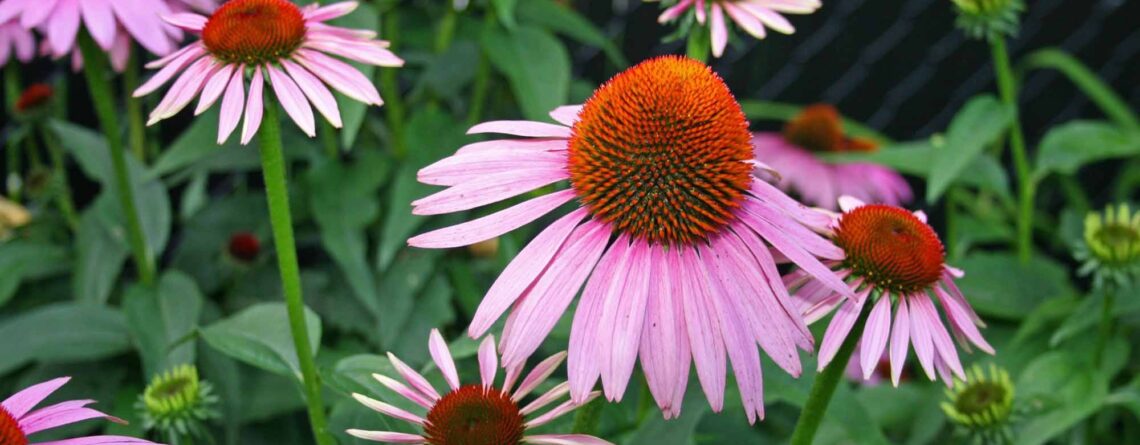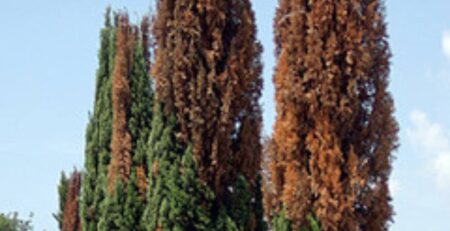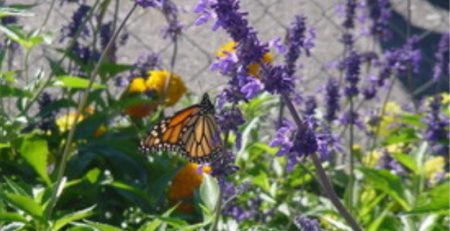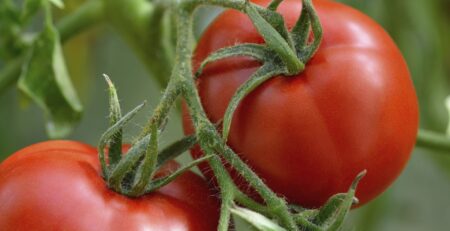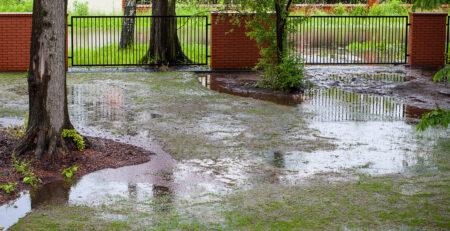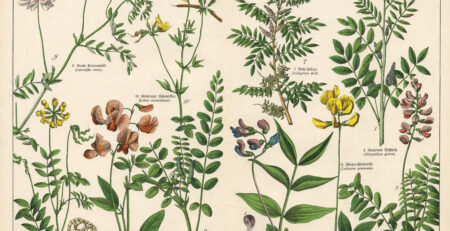Why do my Coneflowers Look so Strange?
Aster yellows is a disease caused by a bacteria-like organism known as a phytoplasma. These organisms live in the vascular tissue of the plant and disrupt plant growth and development.
Symptoms of the disease may vary depending on plant species, but signs to look for include plants that are stunted or twisted, with foliage that is yellow or red. Infected plants are often sterile. Floral parts that are normally brightly colored may remain green, and petals and sepals may become puckered and distorted. In purple coneflower, secondary heads (often in a cluster) may emerge from the primary flower head. In marigolds, flowers are often leafy and muddy green-orange color. Infected carrots have red leaves and form taproots with tufts of small, white “hairy” roots. These roots often have a bitter taste. https://extension.umd.edu/…/aster-yellows-disease-flowers/
Aster Yellows is spread by the feeding of leafhoppers. As the leafhopper feeds on an infected plant, it ingests some of the phytoplasma. The phytoplasma survives in the saliva of the insect and can be transmitted to healthy plants as it feeds.

This is the only way the disease is transmitted. Phytoplasmas can only live in the plant host or the insect vector; they do not persist in the soil.
Plants infected with Aster Yellows will not recover. To prevent the spread of this disease, remove and destroy all infected plant material and continue to scout for signs and symptoms in other plants in the vicinity. Clear away any perennial weeds that might be a source of infection in your garden. Dandelions, quackgrass, asters, knotweed, chicory, fleabane and wild carrot are just a few of the weeds known to be reservoirs of the disease.
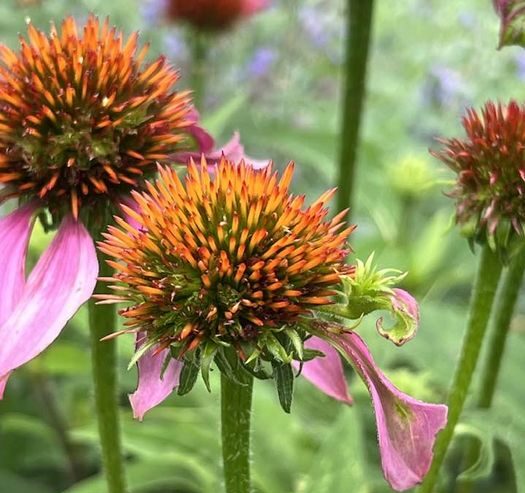
In areas of the garden where there is a high incidence of infection, consider adding plants that are not susceptible to aster yellows. Because leafhoppers are quick moving, this makes them difficult to control and pesticides are not usually recommended for home gardens.
The signs and symptoms of aster yellows can sometimes resemble herbicide damage or damage from the feeding of eriophyid mites. Below are some links that provide additional information to help you diagnose your plants and determine the proper course of action.

